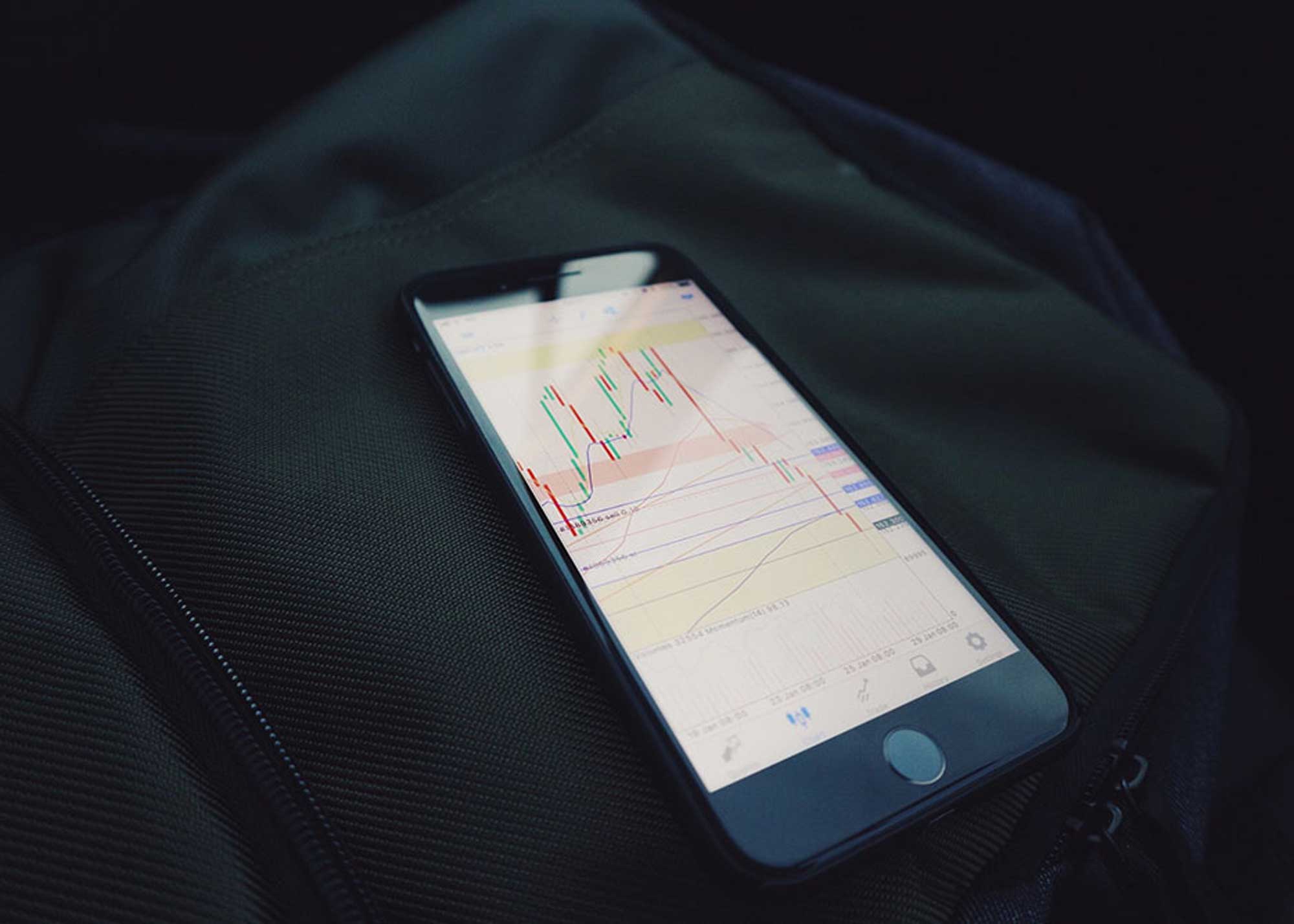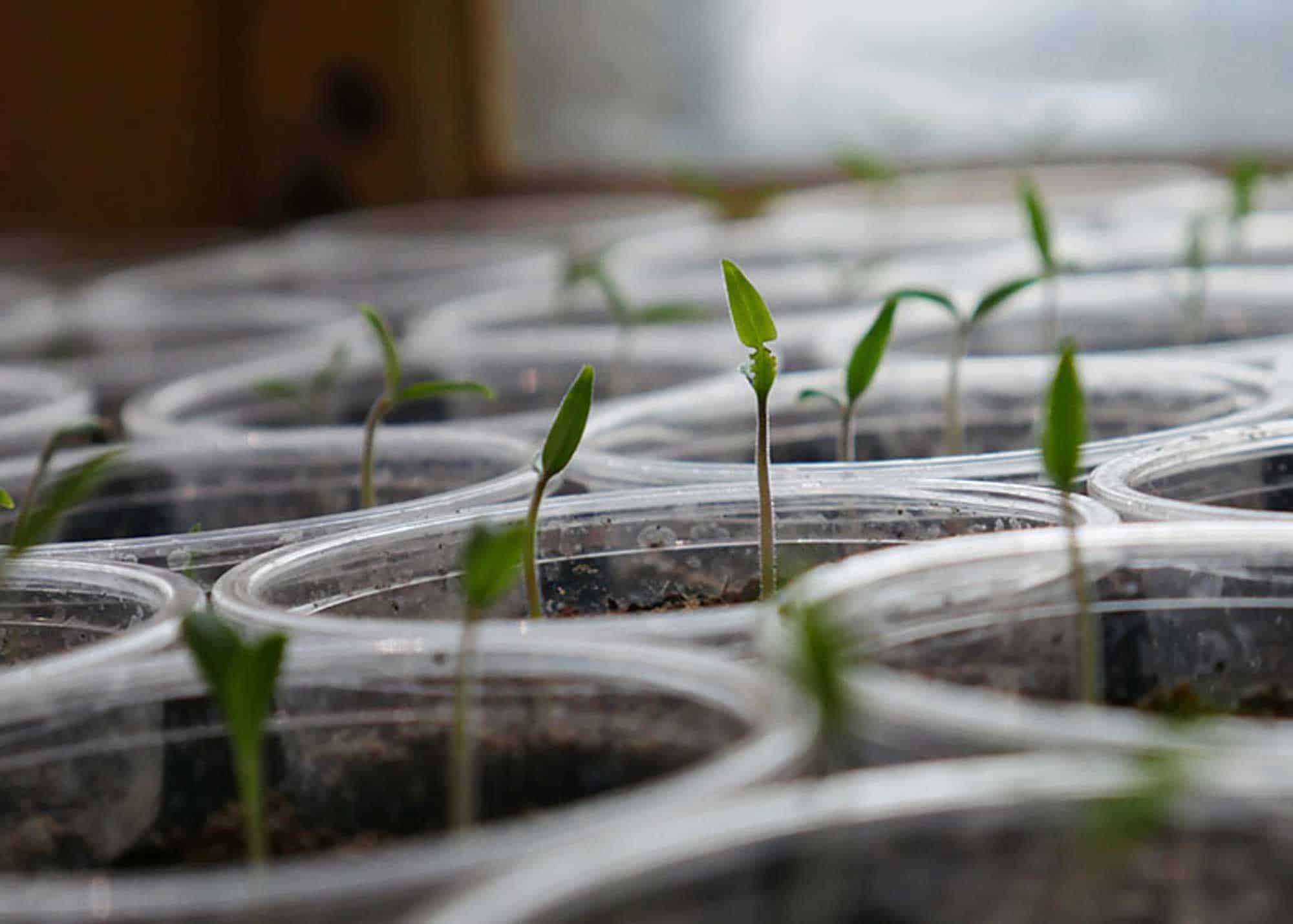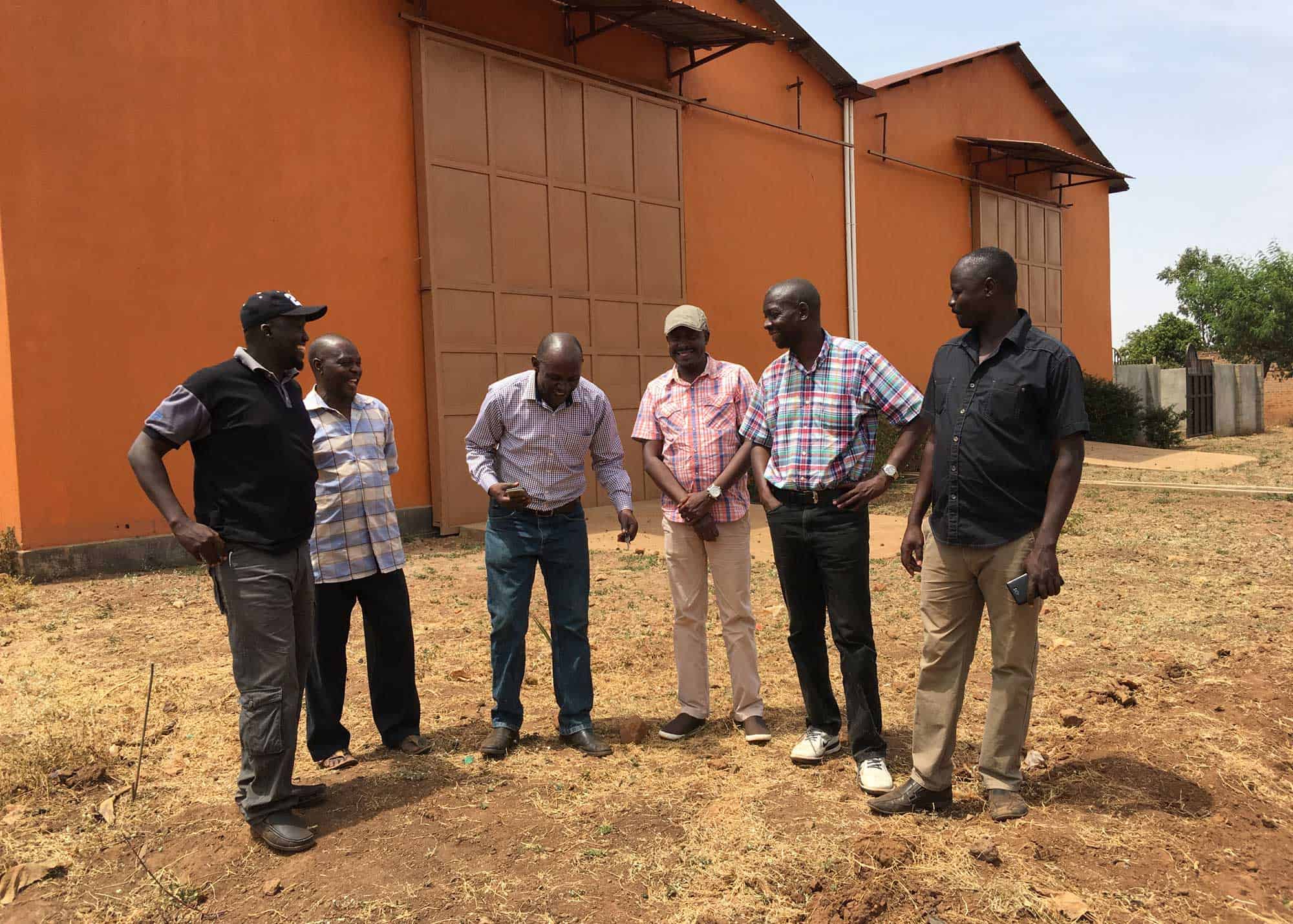Ecosystem Benefits
Farmers

The World Food Bank™ benefits farmers through its price support mechanism. In participating countries, at times when excess supply creates excessive downward price pressure, WFB seeks to buy those commodities and increase demand thereby restoring profitable prices for farmers.
Resellers

The World Food Bank™ benefits traders by removing the uncertainty of trading non-standardized commodities, and by increasing access to global markets for more trading volume. While spreads will narrow over time, efficient traders may benefit from significantly larger trading volume for similar effort.
Consumers

Governments and Relief organizations benefit from a centralized exchange that yields lower prices as a result of regular investment and production. A critical challenge in developing markets for private companies, like millers and manufacturers, is the acquisition of dependable agricultural inputs and supplies. The presence of the World Food Bank™ creates a dependable resource for the acquisition of critical inputs when supplies are otherwise limited. This supply chain dependability will help attract more industry to participating countries.
Financial Institutions

The institutional buying power of the World Food Bank™ provides price support to large groups of smallholder farmers, allowing them to become “bankable” in the eyes of financiers. Financiers, in turn can provide micro-loans to smallholder farmers that allow them finance their inputs and sustainably grow their farming operations.
Input Providers

By providing higher quality seed, fertilizers and mechanization, higher yields of gradable quality crops are produced which increases the size of the potential market from local to global.
Extension Providers

In partnership with extension service providers and non-profit organizations, the World Food Bank™ assists in training farmers on inputs and grading standards, and on the latest technologies for drying commodities and creating the extended shelf-life foods that help eliminate post-harvest loss. We ensure the farmers create high quality dried outputs that meet World Food Bank™ standards and allow farmers to access new global markets.
Insurance Institutions

The World Food Bank™ provides more certainty to companies who provide risk mitigation coverage instruments for each of the following farmer-side risks; crop risk (better inputs reduces risk of crop failure), price risk (bid support provided by WFB limits exposure), and repayment/credit risk (in an ecosystem that (1) requires better inputs that are more resilient and create higher quality outputs, and (2) operates in cooperative structures to reduce/credit risk).
Discover How You Can Make a Difference
If you’d like to know more about how you can help, make sure to reach out. We’d love to hear from you.
